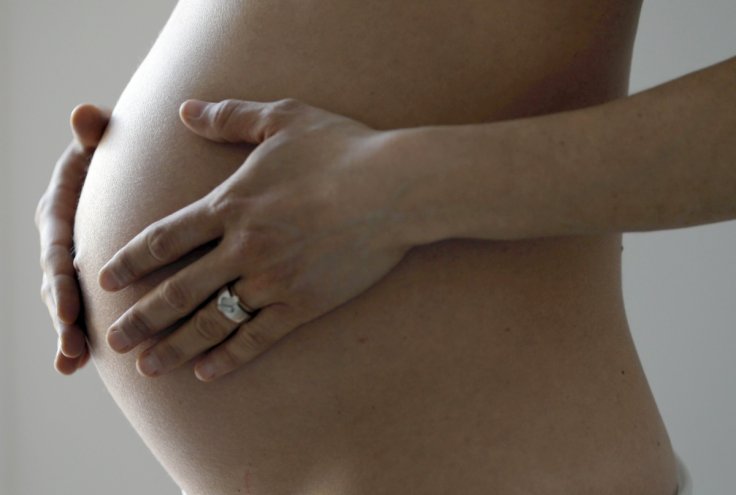
Women are reportedly using nitrous oxide (laughing gas) to manage labour pain, experiencing no adverse effects on the baby, research has said.
There have been positive feedbacks from patients who opted for laughing gas to manage labour pain, according to the research presented at the ANESTHESIOLOGY 2019 annual meeting, but over half of the women take an epidural or other pain management techniques.
Lead author Barbara Orlando, MD, assistant professor of anesthesiology, perioperative and pain medicine at the Icahn School of Medicine at Mount Sinai in New York, said the study was one of the first large retrospective examinations on the use of nitrous oxide in the labour and delivery unit.
There are a variety of options available for women to manage labour pain, ranging from epidurals and medications delivered intravenously to complementary methods including massage, deep breathing, and nitrous oxide, which is more commonly used in Europe and Australia.
In a medical examination of 1,958 women, who used nitrous oxide during labor between March 2016 and 2018 with an average age of the patients being 28 years, researchers collected patient demographics, patient satisfaction, conversion rate to alternate pain management options such as epidurals, and Apgar score ranging from 0 to 10 (7 to 10 is considered reassuring), and assessed a newborn's overall condition and health one minute and five minutes after birth.
The results suggested that the mean patient satisfaction rate for nitrous oxide use was 7.4 (on a scale from 0 to 10, with 10 being high), and the use of the gas was found to be safe for the newborns, Eurekalert reported.
As many as 68.9 per cent of women who used nitrous oxide, however, switched to another pain management technique, with the majority opting for an epidural.
The inhaled anaesthetic gas may help reduce anxiety and make patients less aware of the pain but does not eliminate it, while epidural anaesthesia is the most common type of pain relief used during labour and blocks pain in the lower part of the body, allowing the labouring mother to be awake and alert throughout delivery.
"Nitrous oxide is relatively easy to use, inexpensive, and will attract more patients looking for a birthing centre or more homelike delivery experience," said Dr Orlando, adding the high patient satisfaction rate and safety profile should motivate other institutions to offer nitrous oxide as a pain management option to women in labour.









